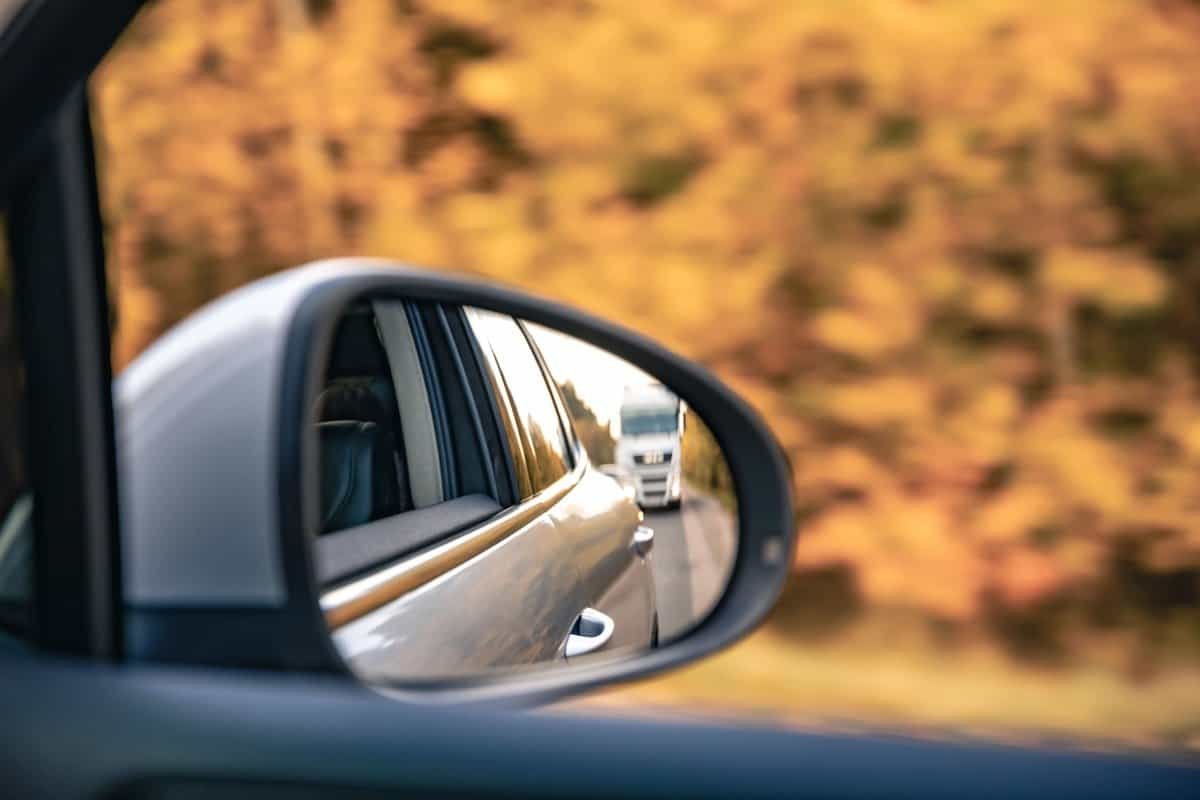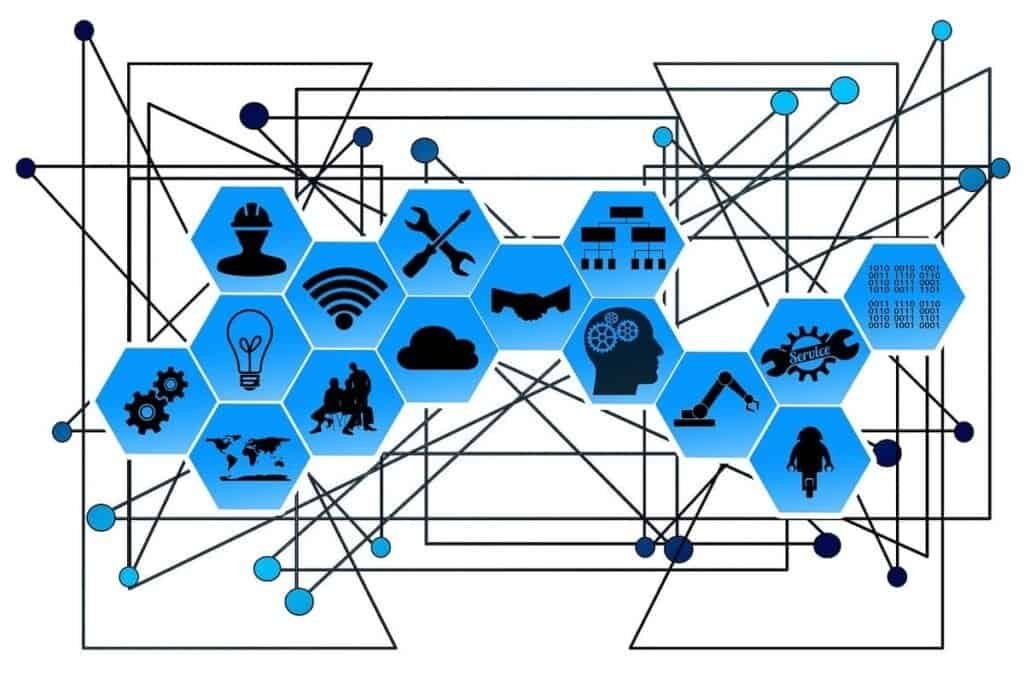Picture this: You’re cruising down the highway, enjoying the wind in your hair and the open road ahead. But what about the not-so-open areas beside your car? That’s where Blind Spot Detection (BSD) comes to the rescue. In this blog post, we’ll explore the wonders of BSD, understand how it keeps us safe on the road, and unveil some eye-opening statistics that make it an indispensable friend on our journeys.

The Blind Spot Blues: Before we dive into the solution, let’s acknowledge the problem. Blind spots – those sneaky areas around your vehicle that your mirrors just can’t capture. Changing lanes or merging into traffic can become a nerve-wracking task without a little help. That’s where BSD steps in, turning your blind spot blues into a thing of the past.
How BSD Works: Blind Spot Detection uses sensors and radar to monitor the areas beside and behind your vehicle. When a vehicle enters your blind spot, BSD alerts you with a visual or auditory signal, ensuring you’re aware of potential dangers before making a move.
Statistics That Shine a Light: Now, let’s shine a light on the impact of Blind Spot Detection with some enlightening statistics:
- According to the Insurance Institute for Highway Safety (IIHS), vehicles equipped with Blind Spot Detection have a 14% lower rate of lane-change crashes.
- A study by the Highway Loss Data Institute (HLDI) found that BSD reduces the frequency of lane-change collision insurance claims by an impressive 23%.
- Euro NCAP reports a 38% reduction in lane-change crash rates for vehicles equipped with Blind Spot Detection.
These statistics aren’t just numbers on a page; they represent lives saved, accidents prevented, and the tangible difference BSD is making on our roads.
Key features of Blind Spot Detection include:
- Monitoring: The system constantly monitors the vehicle’s surroundings, especially the blind spot areas on either side.
- Warning Alerts: If a vehicle or obstacle is detected in the blind spot while the driver signals to change lanes, the BSD system issues a warning. This alert can be in the form of a visual indicator on the side mirrors, a light on the dashboard, or an audible alert.
- Rear Cross Traffic Alert: Some BSD systems also include Rear Cross Traffic Alert, which warns the driver of approaching traffic from the side when backing out of parking spaces.
- Integration with Other Systems: Blind Spot Detection is often integrated with other advanced driver assistance systems, such as Lane Departure Warning and Collision Avoidance Systems, to provide comprehensive safety coverage.
The Friendly Co-Pilot: Think of BSD as your friendly co-pilot, always watching your back – or in this case, your blind spots. It’s not about taking control away; it’s about enhancing your awareness and making every lane change a safer, more confident maneuver.
Looking Ahead: As technology continues to evolve, we can expect even more sophisticated features integrated into Blind Spot Detection. Future developments may include improved accuracy, enhanced customization options, and integration with other advanced driver assistance systems.
Conclusion: The goal of Blind Spot Detection is to reduce the risk of collisions caused by drivers changing lanes when it may not be safe to do so. This technology adds an extra layer of safety to modern vehicles, enhancing overall driver awareness and helping to prevent accidents in situations where visibility may be limited.
So, the next time you change lanes effortlessly or merge into traffic with confidence, give a nod to your trusty co-pilot, Blind Spot Detection. It’s not just a feature; it’s a safety net that turns every journey into a smooth, secure ride. Here’s to navigating the unseen with a friendly guide by your side!




